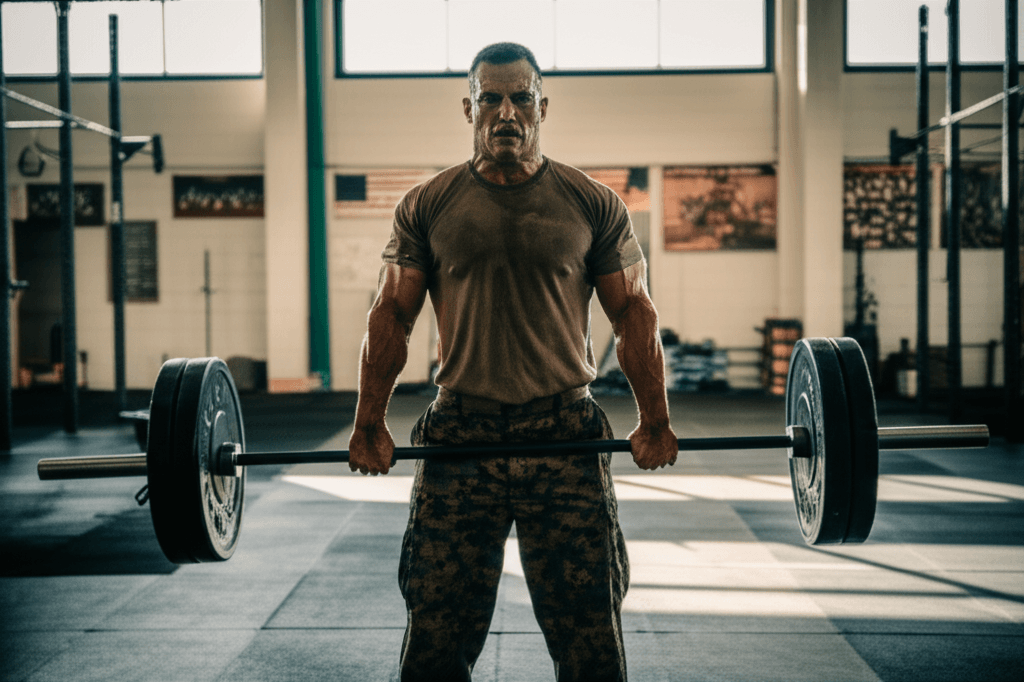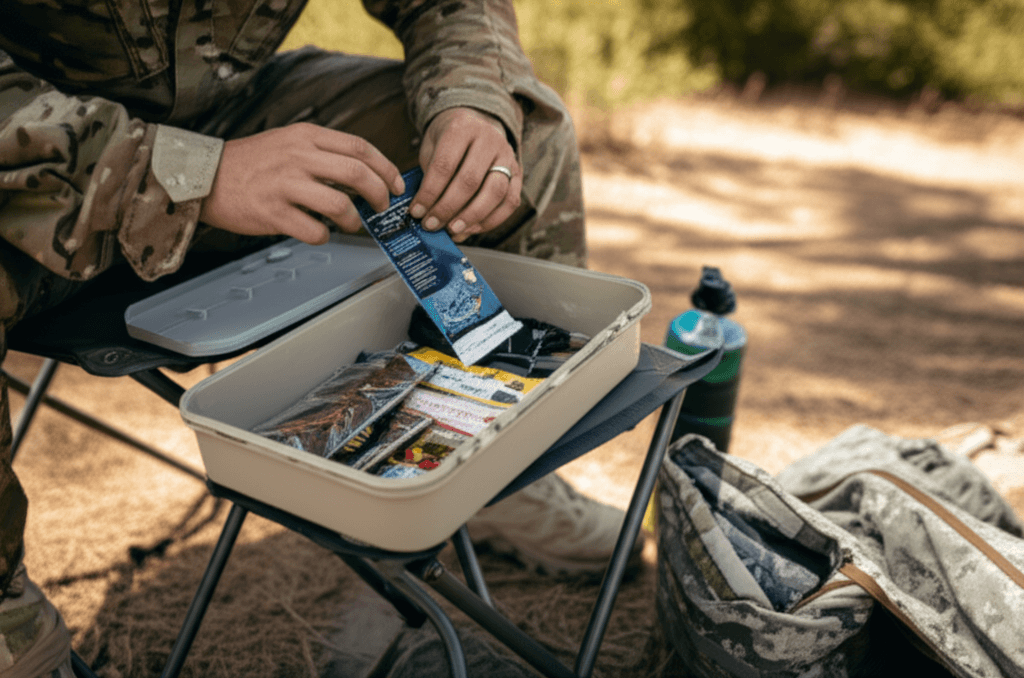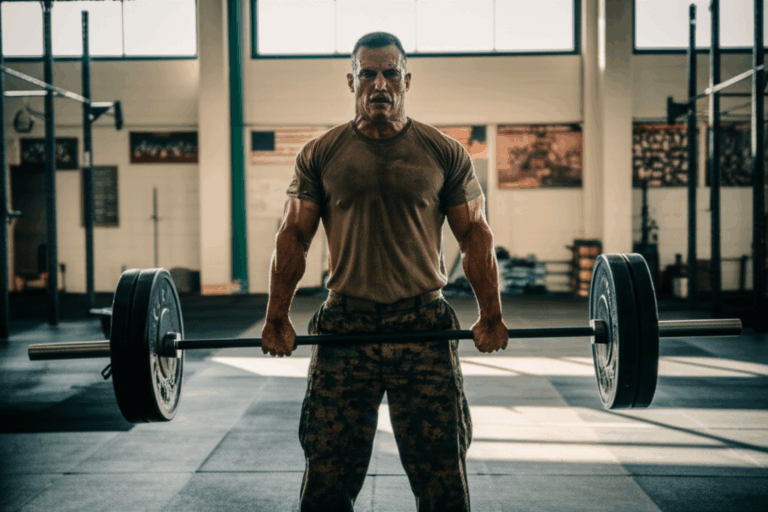In the demanding world of military operations, where physical and mental resilience are paramount, body composition standards transcend mere aesthetics, becoming critical determinants of health, fitness, and ultimately, a force’s combat effectiveness. A finely tuned physique, characterized by optimal ratios of muscle, fat, and bone, is not just about appearance; it’s about the inherent capacity to perform under extreme stress, avoid injury, and sustain the rigorous demands of the battlefield. The U.S. military, recognizing this inextricable link, has long integrated body composition standards into its accession and retention policies, continually evolving them to meet the challenges of modern warfare.

The Foundation of Readiness: Health and Fitness Intertwined
Body composition refers to the percentage of fat, bone, and muscle in one’s body, offering a more comprehensive assessment of physical health than body weight alone. For military personnel, these metrics are directly tied to operational readiness. A healthy body composition is a cornerstone of overall well-being, reducing the risk of chronic diseases and musculoskeletal injuries that can sideline service members. Obesity, for instance, has a significant negative impact on military readiness, increasing the likelihood of injuries and reducing deployment capability. In 2020, 19% of active-duty service members had obesity, a rise from 16% in 2015, highlighting a growing concern for military leadership.
Beyond general health, optimal body composition directly correlates with physical performance. It influences aerobic capacity, muscular strength, endurance, and power output—all vital attributes for soldiers. Combat demands a versatile skill set, including the ability to carry heavy loads, execute demanding physical tasks, and possess both strength and endurance. A higher proportion of muscle mass has been shown to improve physical performance and reduce the risk of injury.

Military Body Composition Standards: A Historical Perspective and Evolving Metrics
The U.S. military has formally utilized physique and body composition standards for over a century, with the first height and weight tables appearing during the Civil War. The primary objective has always been to select soldiers best suited to the physical demands of service, assuming that proper body weight supports good health, physical readiness, and appropriate military appearance.
Initially, weight-for-height served as a key measure, primarily to exclude underweight candidates. However, since the 1970s, there has been a growing emphasis on managing body fat. The Department of Defense (DOD) mandated body fat assessments in 1981, setting initial goals of 20% body fat for men and 26% for women. These standards have evolved, with the DOD later directing age- and sex-specific body fat standards, ranging from 18-26% for men and 26-36% for women, depending on the service and age.
Different branches of the military employ various methods to assess body composition. While the Body Mass Index (BMI) is often used as a quick screening tool, it has limitations as it doesn’t directly account for differences in muscle mass versus fat mass. Therefore, military services also rely on circumference measurements, often referred to as the “tape test,” to estimate body fat percentage. Some services, like the Marine Corps and Army, have also incorporated or piloted more advanced methods such as Bioelectrical Impedance Analysis (BIA) and 3-D body scans.
The Army’s Body Composition Program (ABCP), outlined in Army Regulation (AR) 600-9, aims to enhance soldier readiness and maintain optimal well-being. It dictates height and weight standards and requires soldiers exceeding weight limits to undergo body fat assessment via taping. Soldiers who fail to meet body fat standards are placed in a weight control program and provided with motivational and educational resources.

The Impact on Combat Readiness and Lethality
The link between appropriate body composition and a “lethal fighting force” is undeniable. Combat readiness demands soldiers who possess the stamina and endurance to operate effectively in diverse and challenging environments. Higher body fat percentages are correlated with lower scores on physical fitness tests, such as the Army Combat Fitness Test (ACFT), and an increased risk of musculoskeletal injuries. Soldiers passing Army body composition standards have demonstrated a 30% risk reduction in duty-limiting injuries compared to those failing the standards.
Beyond physical prowess, a lean, fit physique also contributes to military appearance, which is viewed as a reflection of personal discipline and overall readiness. Conversely, excessive body fat can detract from military appearance and may indicate a lack of physical fitness or stamina.
The national obesity epidemic poses a significant challenge to military recruitment and readiness. A substantial percentage of young adults are too heavy to serve, and obesity-related health care costs for the Department of Defense are substantial. This underscores the critical need for continued emphasis on body composition standards and proactive health and fitness initiatives within the military.

Future Directions: A Holistic Approach to Soldier Performance
As military demands evolve, so too must the approach to body composition. There is a growing recognition that a holistic approach to health and fitness is essential for soldier lethality and readiness. This includes focusing on physical conditioning, proper nutrition, adequate sleep, and mental well-being. Research is exploring the potential for height-adjusted body composition metrics, such as fat-free mass index, to identify individuals with insufficient muscle mass, allowing for targeted interventions.
The military’s ongoing efforts to refine its body composition standards and integrate them with comprehensive fitness programs demonstrate a commitment to ensuring that its personnel are not just fit, but are truly a lethal and resilient fighting force, capable of meeting any challenge.







